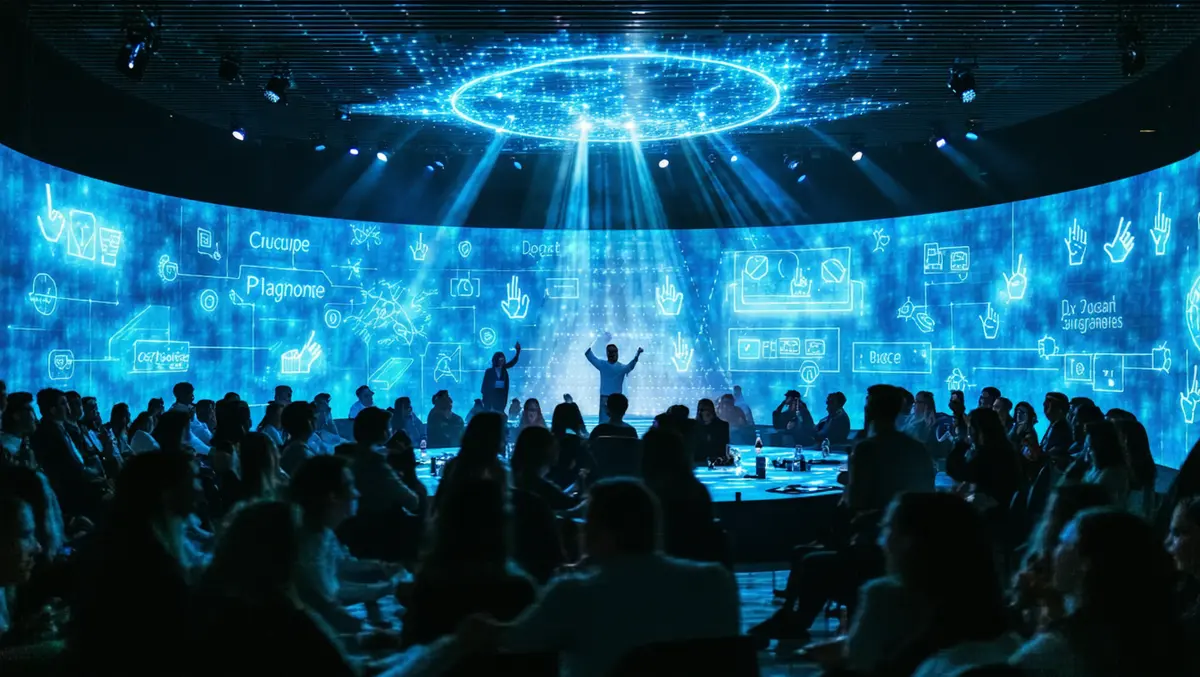
Proto Hologram explores AI holograms for deaf access
Proto Hologram's Brittany Barry will discuss the role of volumetric displays in advancing sign language comprehension and expression at the 40th Annual California State University Northridge Assistive Technologies Conference.
Barry, from Proto's Business Development team with a focus on events and special projects, uses American Sign Language (ASL) for daily communication and aims to demonstrate how Proto's technology is bridging communication gaps and enhancing the in-person experience for deaf individuals through AI Hologram concierges.
"Deaf individuals often experience isolation due to communication barriers. Traditional solutions like texting and video relay services (VRS) lack the full expressiveness of sign language," Barry says. "Proto is revolutionising this space by enabling life-size holographic projections that facilitate real-time, natural conversations without intermediaries."
Proto Hologram's 3D technology offers a more engaging interaction method for deaf individuals. Unlike standard 2D video services, which can create eye strain and limit clarity, Proto's 3D holograms present interpreters and signers in an immersive environment. This provides clearer conversational interactions, reduces fatigue, and closely simulates live communication.
Barry's presentation will address how Proto's technology is being integrated into several key settings. In healthcare, it is already improving access to medical personnel and offers on-demand interpretation, which allows for real-time communication with doctors and nurses, ensuring patient privacy and data security with its HIPAA and SOC II compliance.
At transportation hubs, Proto units have been set up in major airports like JFK and Jacksonville International. These units will soon support AI-driven virtual assistants that speak multiple languages, both spoken and signed, facilitating smoother navigation for deaf and hard-of-hearing travellers.
In the realm of live events, Proto's 3D technology overcomes visibility difficulties by enabling well-lit sign language interpretation even in low-light settings, allowing interpreters to project at multiple locations within a venue and thereby extending their reach.
In educational environments, institutions like Gallaudet University are examining Proto's capabilities for presentations, lectures, and preserving deaf culture through documented sign language histories. "The ability to see sign language in three dimensions, in real time, is transformative for education and communication accessibility. Gallaudet University is excited to explore Proto's potential in supporting deaf students and educators," states Laurene Simms, Chief Bilingual Officer at Gallaudet University.
The company is also working on new features aimed at enhancing accessibility, such as horizontal displays providing more space for sign language communication, live captioning to ensure all holographic projections are accessible, and SignLLM AI which interprets and generates sign language gestures, enhancing interaction with Proto's AI holograms.
"Everyday locations like hospitals, schools, and airports were not built with accessibility in mind. Proto is changing that," Barry asserts. "This technology ensures that deaf individuals no longer have to rely solely on intermediaries but can interact directly and authentically."
David Nussbaum, Founder and Chairman of Proto Hologram, adds, "From the day Proto was born my intention was to bring people together across any divides that might separate them – and to find other ways to make life easier that people just assume are in some science fiction future but that we can make happen now. So our efforts in assistive technology and sign language are especially satisfying. We're very lucky to have Brittany helping develop our work in this area."


